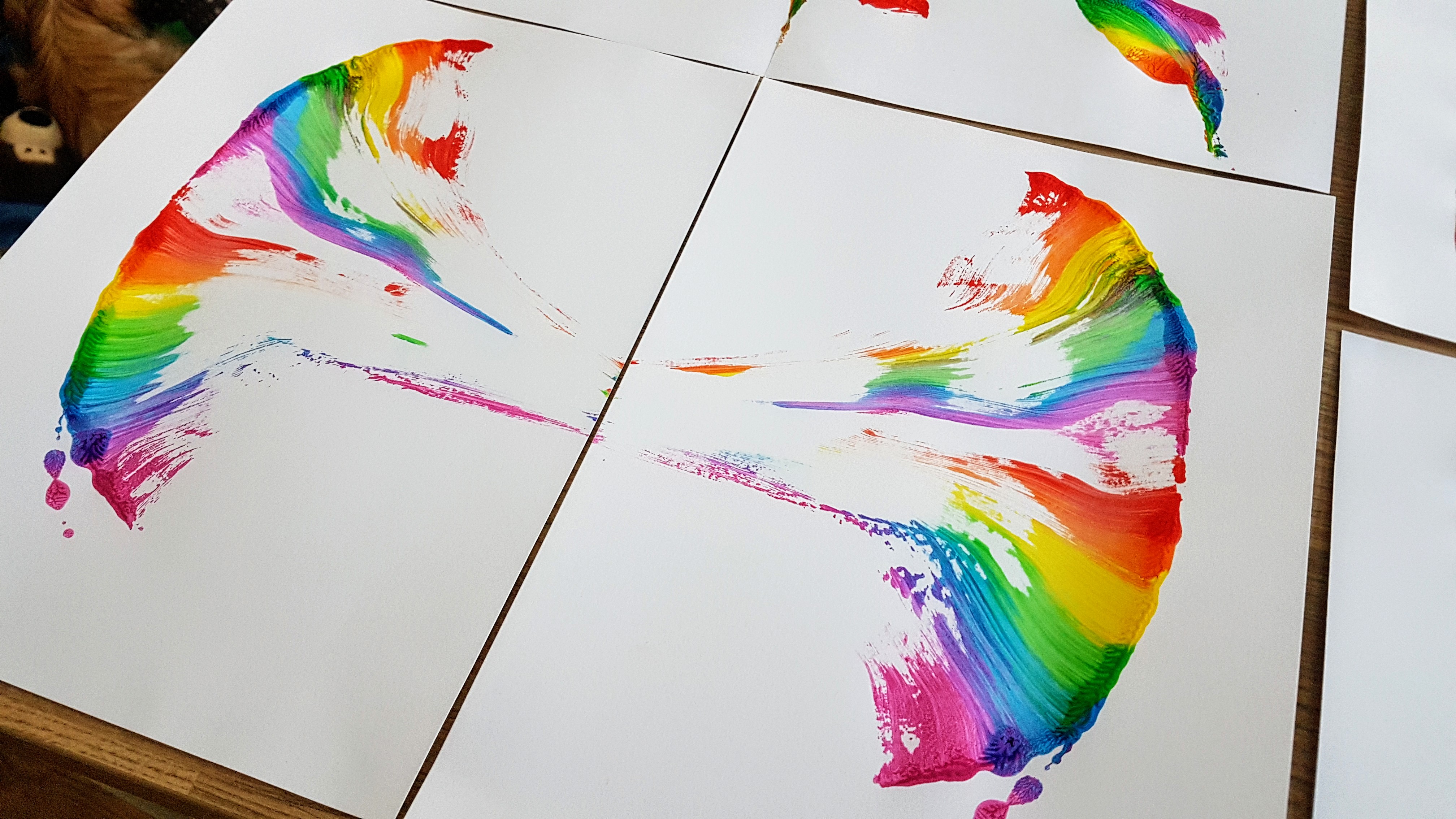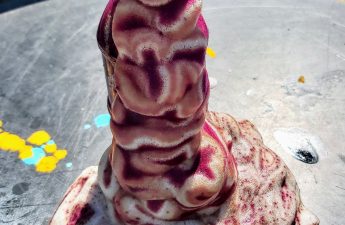Last week I stumbled across a picture of a Fire Rainbow (or Circumhorizontal Arc). I have never seen one before and it absolutely fascinated me. It started my cogs turning and I came up with a few different ideas to make this subject fun! Today was the first project we have done and I absolutely loved how it turned out. This is another very simple project, but so, so effective – it was so good that even my husband joined in!
The definition of a CIRCUMHORIZONTAL ARC is as follows:
An optical phenomenon that belongs to the family of ice halos formed by the refraction of sun- or moonlight in plate-shaped ice crystals suspended in the atmosphere, typically in cirrus or cirrostratus clouds.
We started off by watching a quick video that explained how fire rainbows are formed:
Next it was time to create our own fire rainbows. We decided to use PROCESS ART for this project. This is a style of art which emphasises the process by which it was made, rather than on its form.
For this project, you will need the following:
- Paint, (in the rainbow colours)*
- String*
- Scissors
- Paper plate or foil tray*
- White Cardstock*
I will provide pictures and videos as to how we did this. (Please read the captions underneath for instructions).
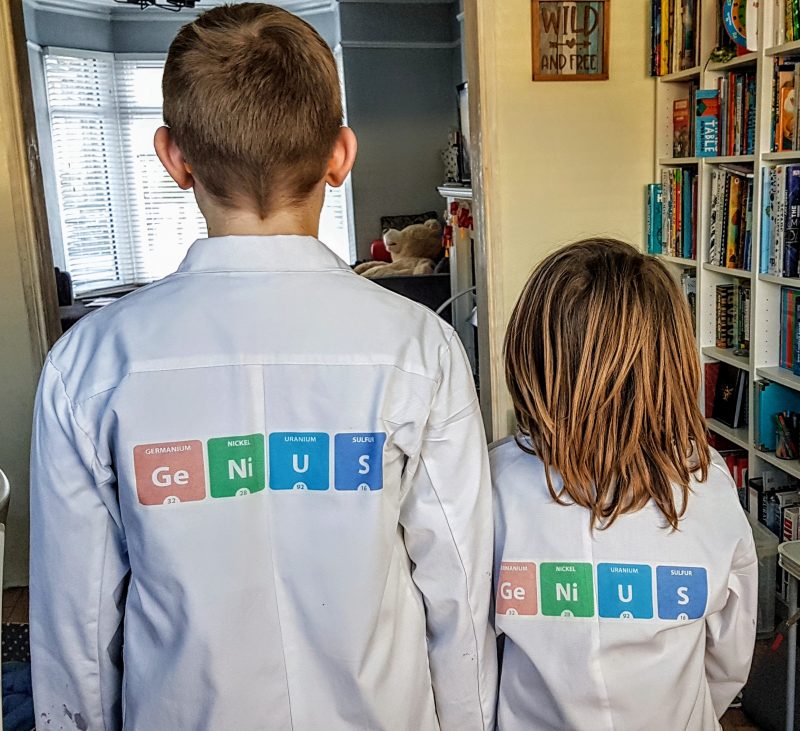
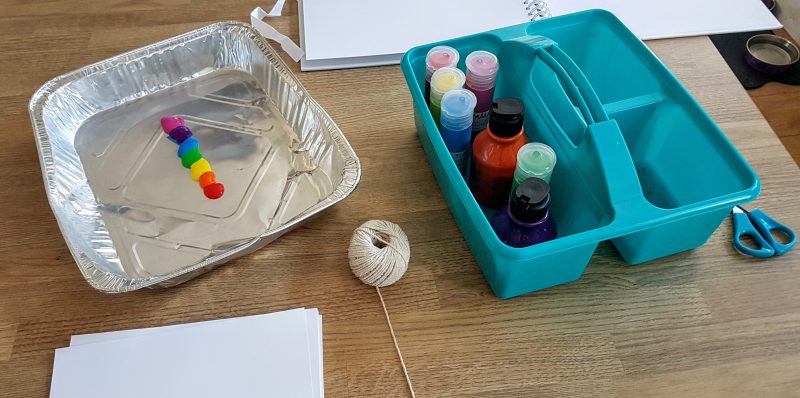
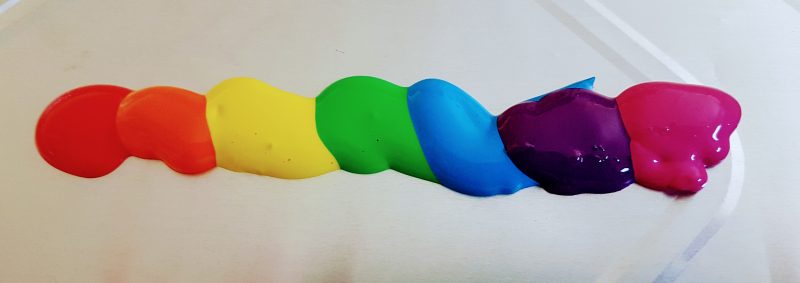
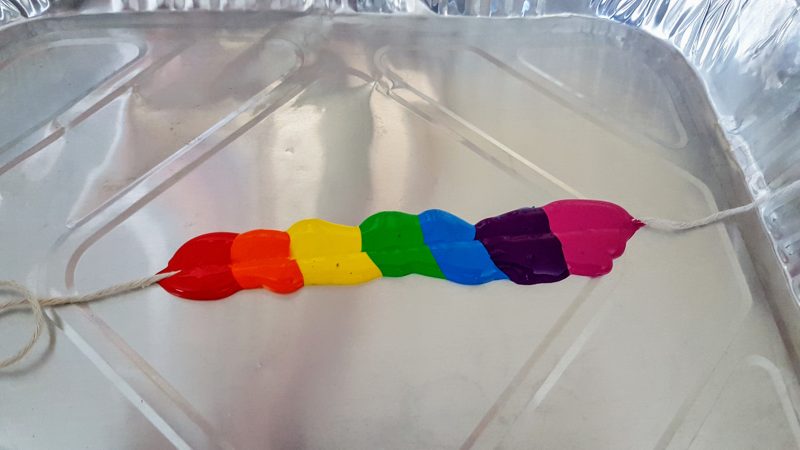
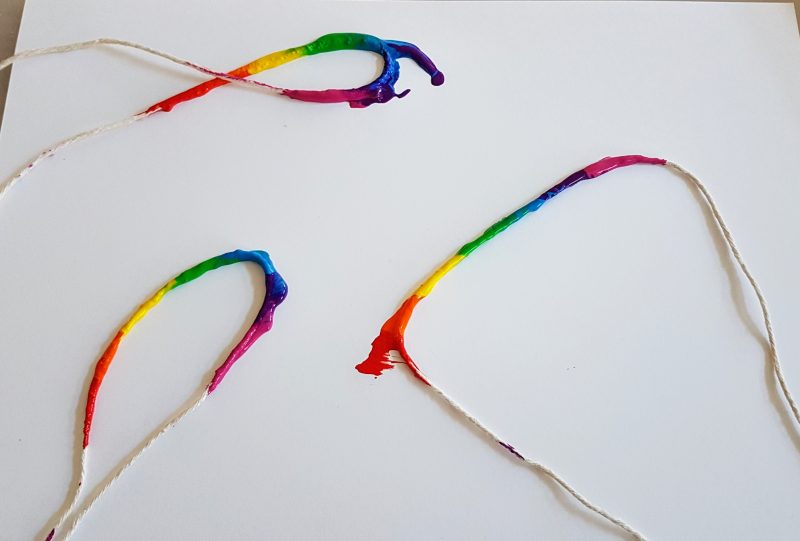
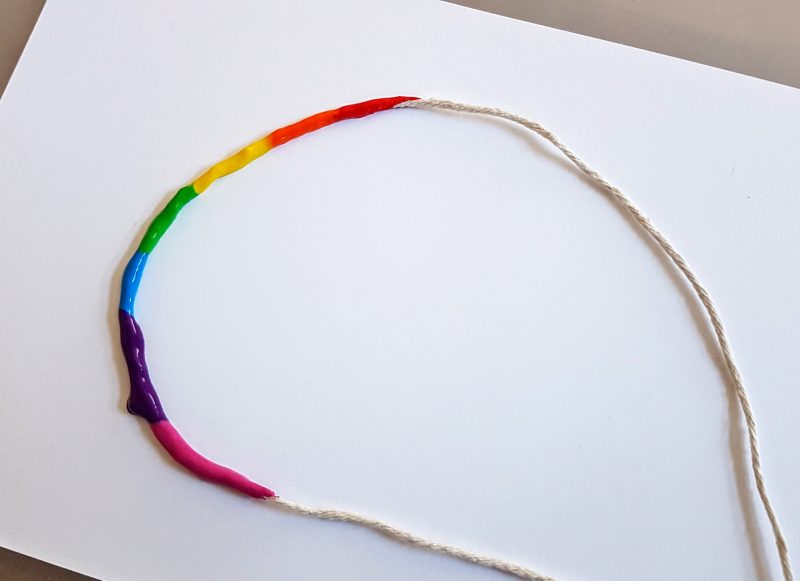
Place another piece of card on top of your string and then hold still with your hand or place a book on top. You then need to gently pull the string out from in between the card and then remove the top piece to reveal your FIRE RAINBOW!
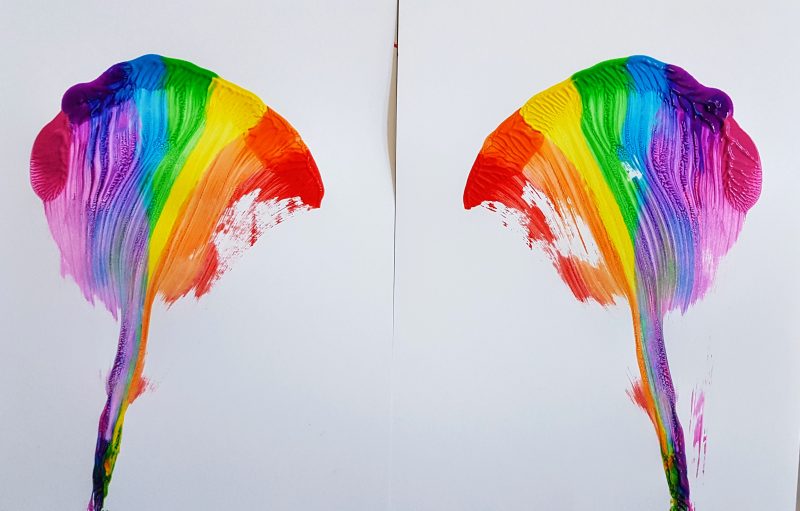
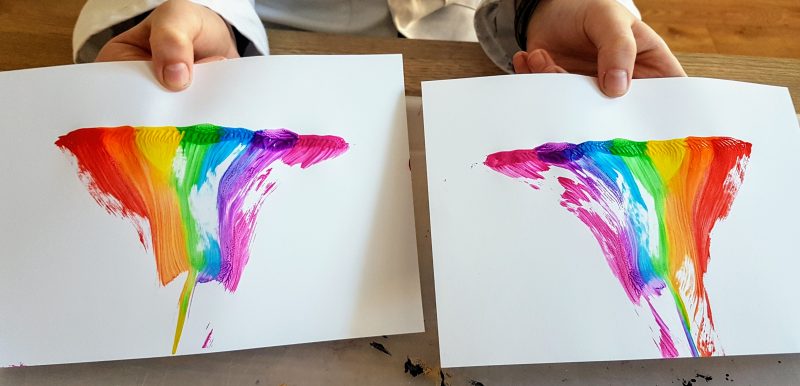
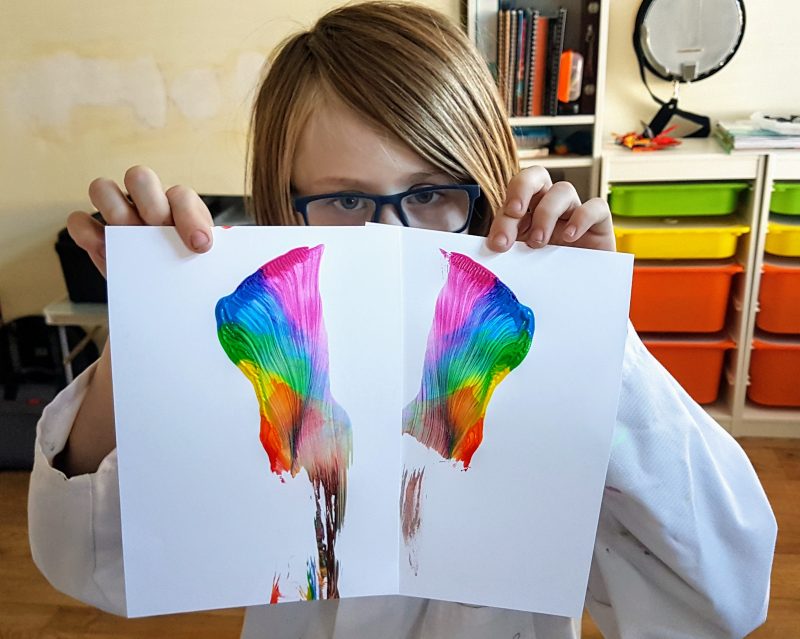
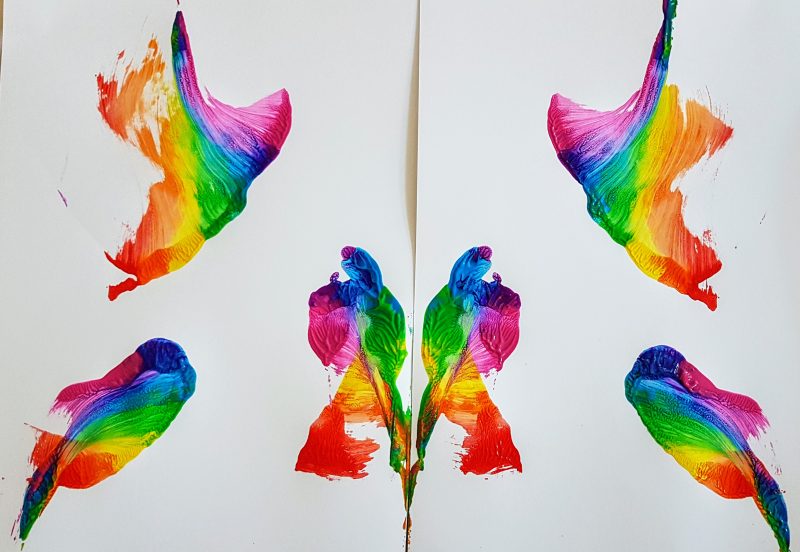
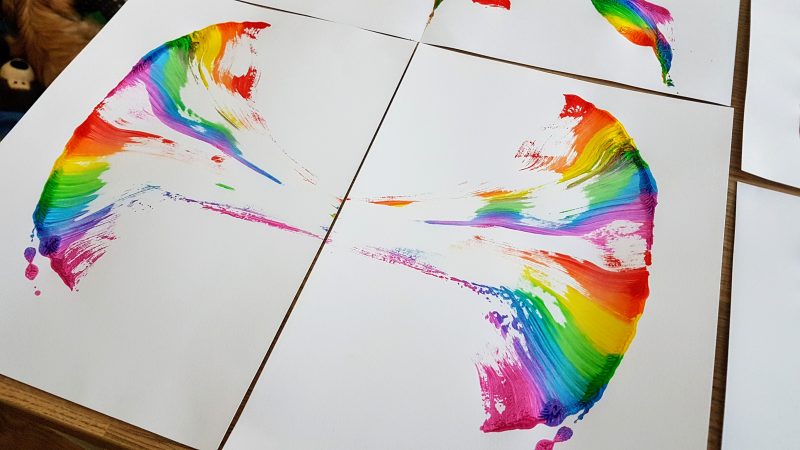
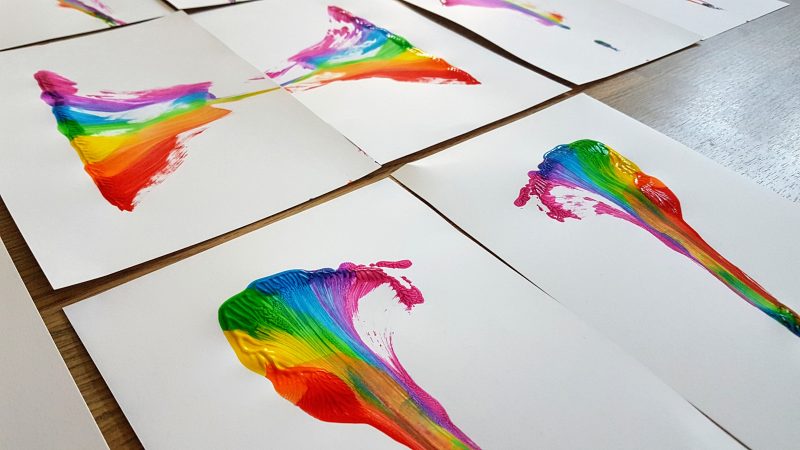
I hope you agree that our end results were stunning. We plan on sticking them into our nature journals once they are dry.
During this activity we did SCIENCE, ART and MATHEMATICS learning.
Thanks for looking, I hope you get plenty of inspiration from this project.

